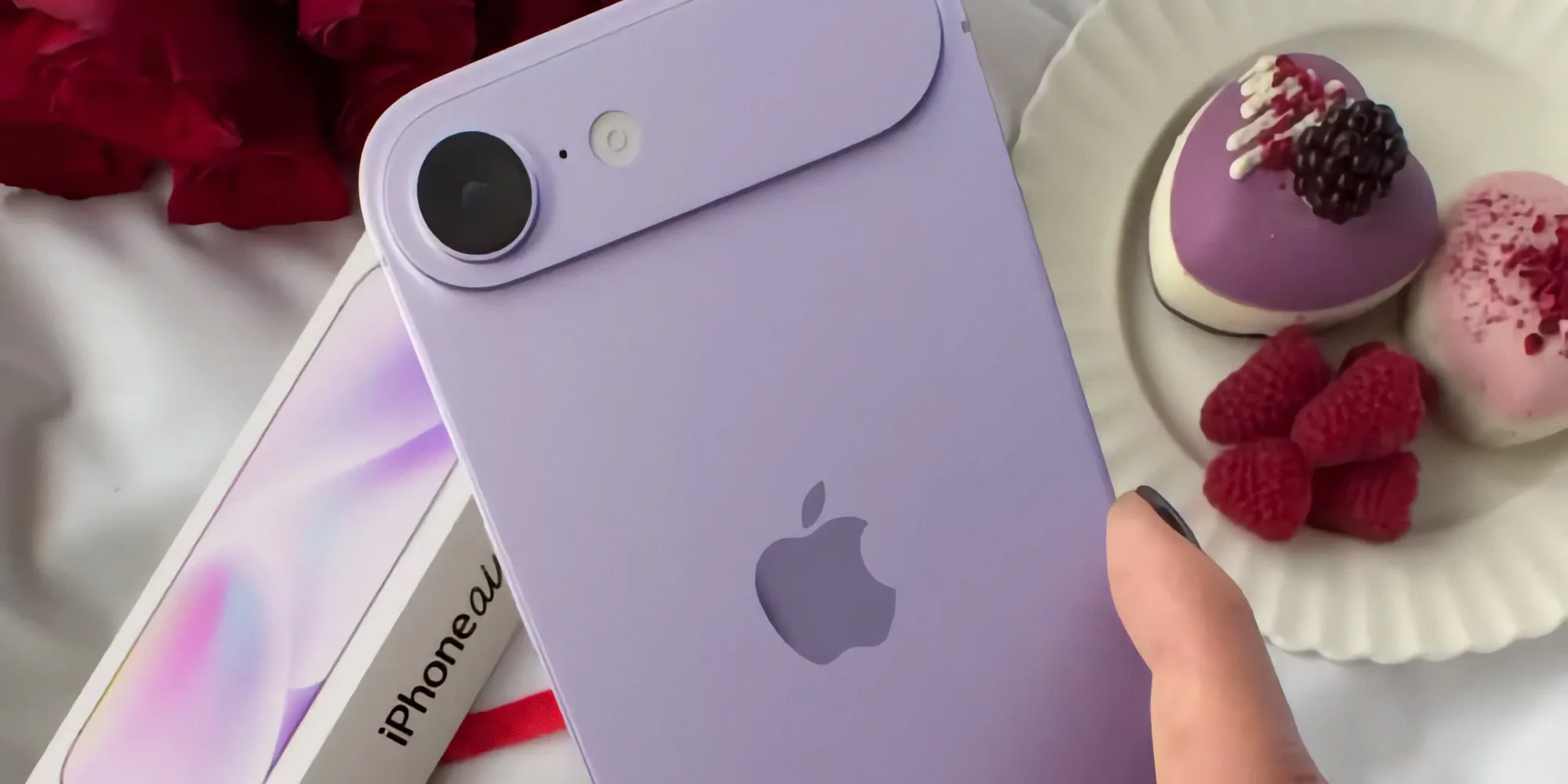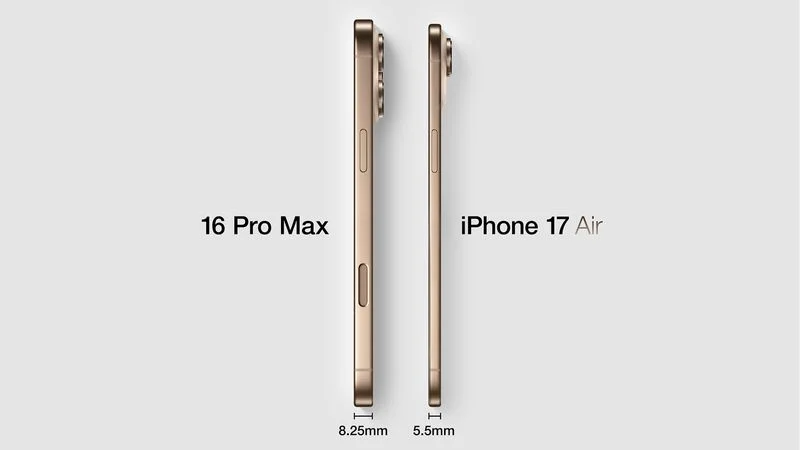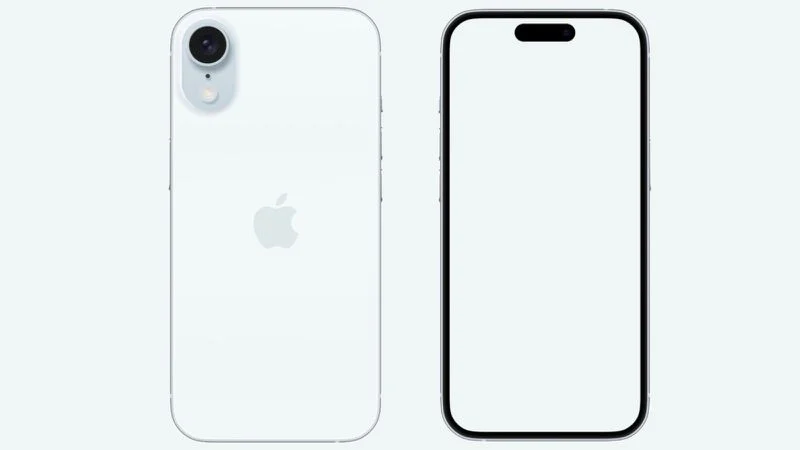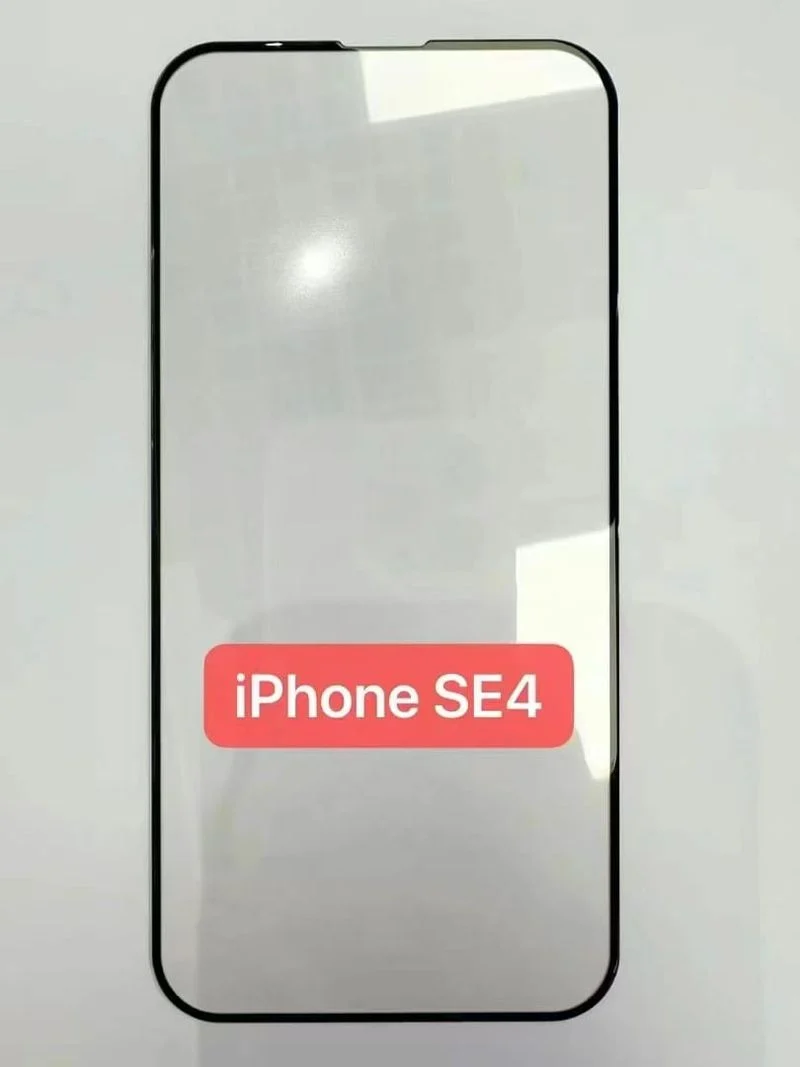For years, the subtle year-over-year changes in iPhone design have left many struggling to distinguish the latest model from its predecessor. The familiar question, “Is that the new iPhone?” has become a rarity. This year, however, Apple seems poised to reignite that spark of recognition with a significant design overhaul across its iPhone lineup, particularly with the introduction of the rumored iPhone 17 Air. But this potential spotlight-stealer has prompted Apple to rethink its strategy for the flagship Pro models as well.
The anticipated iPhone 17 Air, positioned as a replacement for the Plus model, is rumored to boast an ultra-thin profile and a single rear camera, a departure from the multi-lens setups of recent years. This distinct aesthetic promises to be instantly recognizable, potentially drawing attention away from the more established Pro line. This presents a unique challenge for Apple: how to maintain the allure of its premium devices in the face of such a visually striking newcomer.
The Pro Dilemma: Power vs. Panache
Historically, consumers have gravitated towards the Pro iPhones for their superior performance and advanced features. This year, however, the 17 Air’s fresh design could tempt even loyal Pro users, creating a potential conflict between desire for the latest look and the need for top-tier functionality. Apple understands this delicate balance and is reportedly taking steps to ensure the Pro models remain desirable in their own right.
Whispers from within the industry suggest Apple is preparing a significant redesign for the iPhone 17 Pro and Pro Max. These changes are not merely cosmetic tweaks but represent a more fundamental shift in the design language. Among the rumored alterations are a move to an aluminum frame, a more prominent, rectangular camera bump, a two-tone back design featuring an aluminum top and a glass bottom, a smaller Dynamic Island on the Pro Max, and a return to more rounded edges.
These changes, while subject to confirmation, paint a picture of a Pro line that is distinctly different from its predecessors. The shift to aluminum, combined with the two-tone back, evokes a sense of both classic and modern design sensibilities. The larger camera bump, while potentially controversial, emphasizes the advanced imaging capabilities of the Pro models. The smaller Dynamic Island, a feature introduced with the iPhone 14 Pro, suggests a refinement of this interactive element. And the return to rounded edges could offer a more comfortable and ergonomic feel in hand.
A Unified Vision: Design and Performance in Harmony
Apple’s goal appears to be more than just preventing the 17 Air from overshadowing the Pro models. The company seems intent on creating a lineup where both design and performance are equally compelling. Rather than forcing consumers to choose between a visually striking phone and a powerful one, Apple aims to offer both in each segment.
This strategy suggests a deeper understanding of consumer desires. While raw power and cutting-edge features remain crucial, aesthetics play an increasingly significant role in purchasing decisions. By refreshing the design of both the 17 Air and the Pro models, Apple hopes to capture the attention of a wider audience, appealing to those who prioritize both form and function.
The anticipation surrounding the iPhone 17 series is palpable. The combination of the 17 Air’s potentially groundbreaking design and the Pro models’ significant redesign promises a year of exciting developments for Apple and its customers. It’s a year that could very well bring back the familiar question, “Is that the new iPhone?”, not just for one model, but across the entire lineup. This design revolution signals a renewed focus on aesthetics, ensuring that Apple’s devices are not only powerful tools but also objects of desire.








